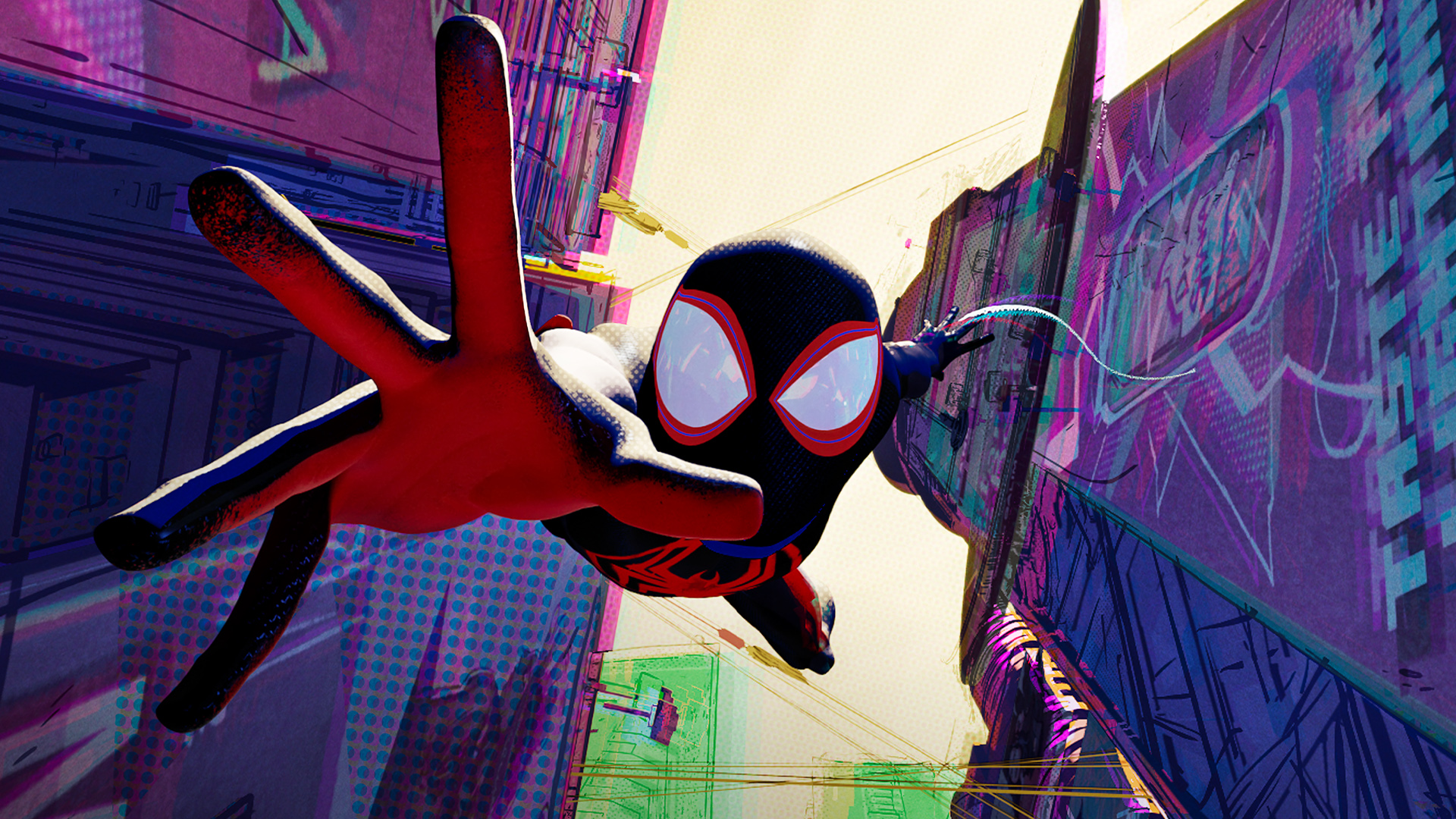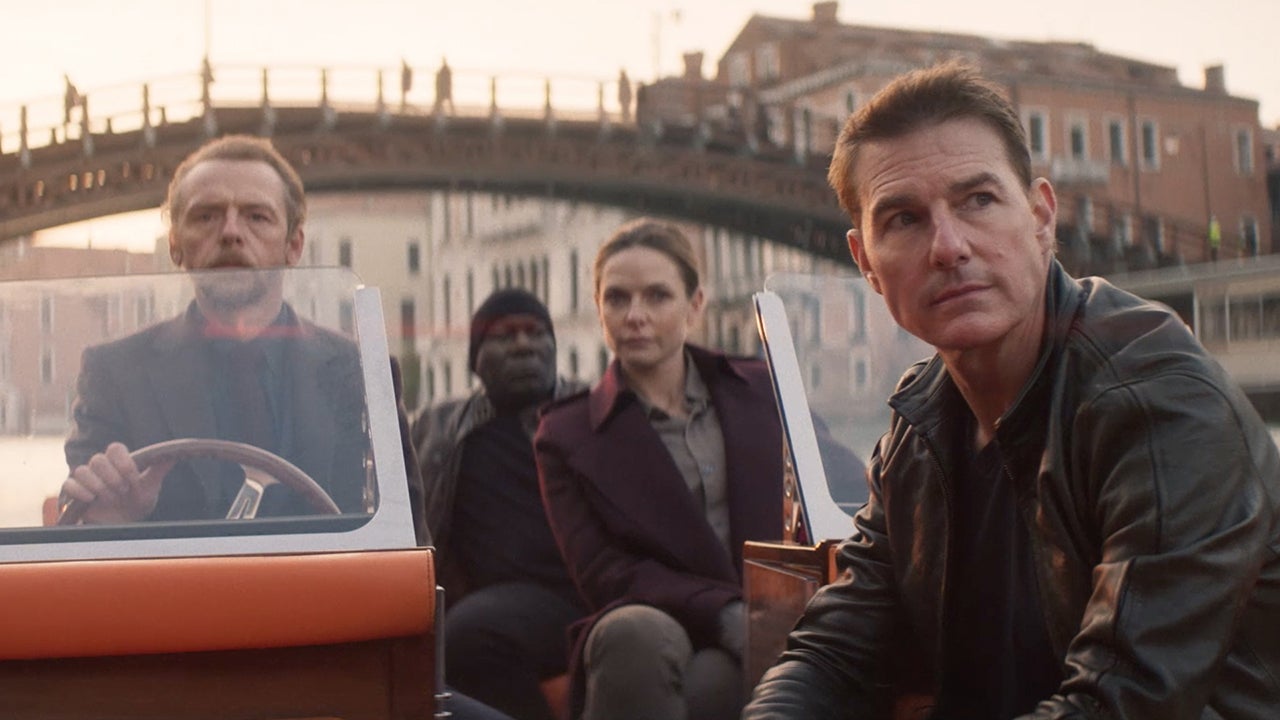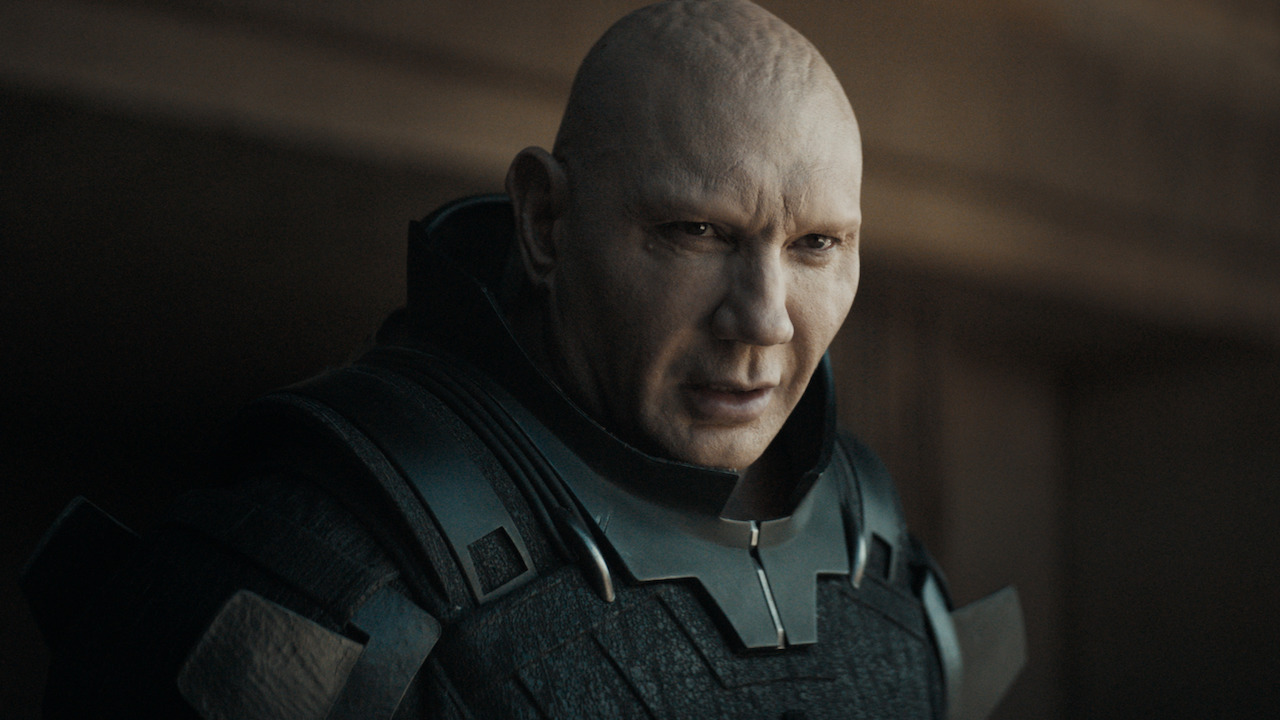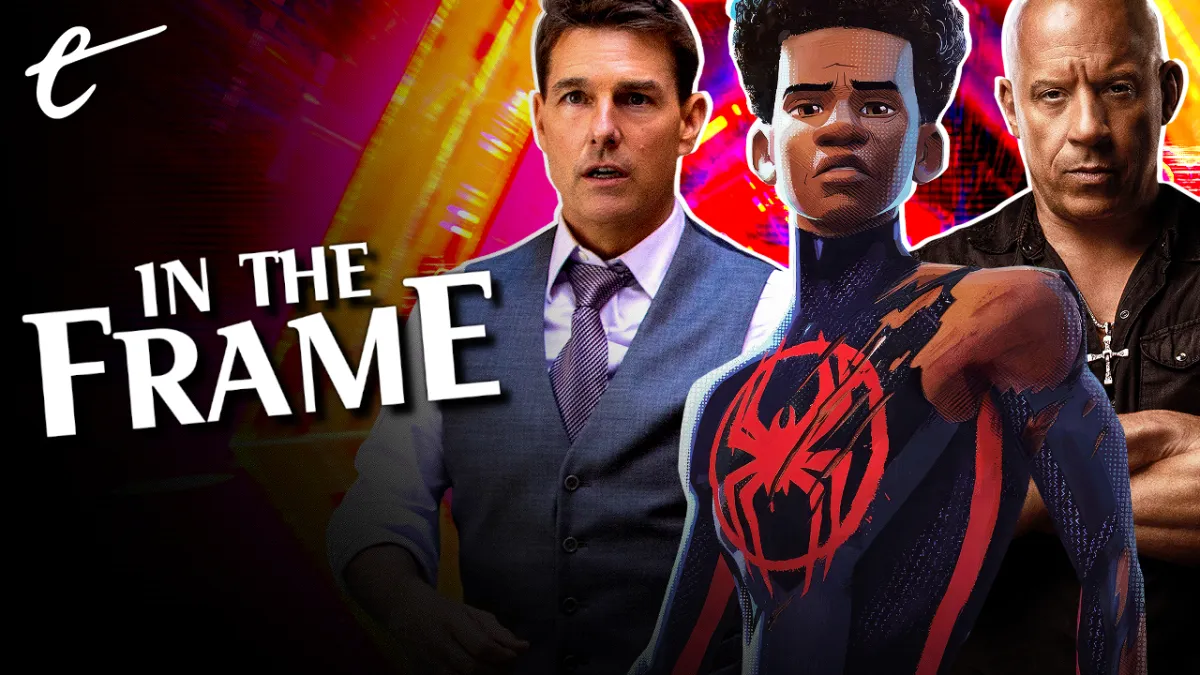It is, as David Chen has noted, “the summer of half-movies.” So far this year, both Fast X and Spider-Man: Across the Spider-Verse end on dramatic and immediate cliffhangers that lead directly into the next film in the franchise. Later this season, Mission: Impossible – Dead Reckoning Part One will serve as the first of a two-part finale for the Mission: Impossible franchise. Then, towards the end of the year, Dune: Part Two will wrap-up the adaptation of Frank Herbert’s novel.
This is somewhat strange. These are far from the first two-part blockbusters. However, it’s odd to get so many that are so close together and so brazen about it. They feel less like aberrations in the larger landscape and more like an emerging trend. Something seems to be shifting. This trend also taps into a broader question, one that gets at an existential crisis simmering in the background of the larger culture: What even is a movie, anyway?
It’s worth acknowledging that film has always been something of a hazily defined medium. After all, what exactly is the boundary between a “short film” and a “feature”? The Academy sets the limit at 40 minutes, while the Screen Actors Guild sets the threshold at 60 minutes. These delineations have often been porous, particularly in the early days of the medium. Features like Buster Keaton’s Three Ages were often structured so they could be broken up into three shorts if they underperformed.
However, over the next century, norms were established. Movies came to be defined in a number of ways, often in opposition to other emerging media. The medium was known as “film” because it was shot and distributed on film rather than emerging technologies like video. Films were screened in cinemas, to the point that going to such a screening was to “go to the movies.” They largely offered self-contained narratives, rather than ongoing serials like radio plays or television shows.

These were norms rather than rules. As such, there were exceptions. Most obviously, film serials like Flash Gordon or Batman would play in cinemas, before feature presentations or bundled together into packaged entertainment. However, these sorts of exceptions tended to be the minority in the long term. After all, film serials don’t exist anymore. It is very rare to see short films playing before theatrical presentations. For the most part, these exceptions trended back towards the template.
The digital revolution is a great example of this. Many modern movies aren’t shot or even distributed on film anymore, which raises the question of whether it is truly accurate to describe the medium as “film.” In the early days of digital filmmaking, directors and cinematographers tried to push the limits of the new technology, taking advantage of what made digital a different medium than film. Michael Mann played with the format in movies like Collateral, Miami Vice, and Public Enemies.
However, in the decades since digital emerged, the trend has been to use this new technology to faithfully emulate old-fashioned film stock. There are tutorials online about the art of adding “film grain” to digital recordings, effectively emulating an imperfection unique to film as a medium. It is now the ultimate compliment to remark that a project shot on digital “has the highly pleasing and once-unmistakable appearance of traditional film.” There is a sense that film has an ideal form.
The same is true of serialization. Generally speaking, films tended to be self-contained projects. Of course, they exist in a larger context; it makes sense to consider Brian DePalma’s Body Double through the lens of Alfred Hitchcock’s Rear Window, Psycho, and Vertigo or to place John Wick alongside silent film stunt work. However, someone who has never seen an Alfred Hitchcock film can enjoy Body Double on its own terms, and nobody needs to know Buster Keaton to “get” John Wick.

Even sequels and remakes tended to stand on their own two feet as whole narratives. While Beverly Hills Cop 2 was clearly made in the hope of bringing back an audience that loved the original Beverly Hills Cop, it is still a distinct story with its own beginning, middle, and end. A cinemagoer could buy a ticket to Beverly Hills Cop 2 knowing nothing more than the fact that Beverly Hills Cop exists and still enjoy the movie on its own terms. It is a complete work.
Again, there are obvious exceptions here. Allowing for the retroactive branding of it as “Episode IV,” the original Star Wars is a self-contained film, but The Empire Strikes Back is a film that ends on a cliffhanger. At the turn of the millennium, major projects like the Lord of the Rings trilogy and the first two Matrix sequels were shot back to back as installments in a theatrically released serialized narrative. However, these were notable exceptions rather than trendsetters.
Indeed, Hollywood seems to have been trying to push movies towards this mode of continuous long-form storytelling for decades now. During the 2010s, there was a push towards breaking up the final installments of young adult fantasy series into two-part blockbuster finales: Harry Potter and the Deathly Hallows, Twilight: Breaking Dawn, and The Hunger Games: Mockingjay. However, audiences pushed back. Mockingjay dramatically underperformed, and studios retreated from that model.
This may explain why Disney worked so hard to disguise the fact that its third and fourth Avengers movies would be a two-part epic. They were announced before Mockingjay’s release as Avengers: Infinity War Part 1 and Avengers: Infinity War Part 2. The second film was then rebranded Avengers: Endgame. A cynic might suspect that #ThanosDemandsYourSilence was a way to prevent critics from telling audiences that Avengers: Infinity War was an incomplete movie that ended on a cliffhanger.

However, it seems like that taboo has been well and truly broken. After all, both Mission: Impossible – Dead Reckoning Part One and Dune: Part Two acknowledge their status as incomplete movies in their very titles. This is quite appealing for studios, at a point when the entire industry is in flux. Audiences like familiar things. Sequels have long been a way to allow Hollywood to capitalize on that, offering more of the same stretched over multiple movies. The logical extension is stretching the movie itself.
It is easy to understand why Paramount would want to release Tom Cruise’s final Mission: Impossible film in two large chunks and why Universal would seize on the opportunity to make the final Fast & Furious movie a two- or even three-parter, with a possible interquel. At a time when the business’s entire model is being flipped on its head, releasing the same film in two installments is a nice way of ensuring some stability and continuity.
Perhaps this is just the culmination of larger cultural trends. After all, the Marvel Cinematic Universe is one of the defining cultural forces of the past couple of decades, and it blurred a lot of these boundaries. There is an ongoing argument about whether the franchise is best understood as “the world’s most expensive TV show,” and at least some of this shift might be understood as a result of that success, the idea that the projects can be more like episodes than traditional movies.
Of course, it also seems like this approach has been accelerated because the industry has been flipped on its head. This rejection of one of the medium’s longest-standing norms arrives in a context where the other norms have already been broken. The lines between film and other media have already been blurred and transgressed. It’s no longer a certainty that movies will screen “at the movies,” with blockbusters like Dune being released over streaming during the pandemic.

In breaking these norms, studios have fundamentally altered the relationship that exists with audiences. If these movies are going to end up on streaming after a couple of weeks, why bother going to the cinema to see them? There is a solid argument to be made that sending movies like Onward, Soul, Luca, and Turning Red to streaming has irreparably damaged the Pixar brand, and it may explain why audiences weren’t interested in Lightyear and seem uninterested in Elemental.
Director Steven Spielberg once made the argument that movies released on streaming were, by definition, “TV movies.” Ignoring the implicit judgment in that term, he is technically correct. What is a movie that premieres on television but “a TV movie”? More broadly, his old friend Martin Scorsese made the point that training audiences to see no distinction between film and the myriad of online and streaming service media essentially reduced it all to nothing more than “content.”
After all, it’s worth acknowledging that this erosion of the idea of movies as self-contained units of narratives is reflected in other ways, as they become nebulously defined arbitrary storage spaces for intellectual property. The Flash is a movie that makes no sense on its own terms, except as a collection of references to things that it assumes the audience recognizes: Tim Burton’s Batman, Zack Snyder’s Man of Steel, and more. It is just “content soup,” sloshing around in a branded cup.
It’s important to stress that this is not necessarily a qualitative argument. The fact that Spider-Man: Across the Spider-Verse is less of a conventional and complete movie than, say, Transformers: Rise of the Beasts does not prevent it from being infinitely better. Fast X has a lot of serious issues that are unrelated to the fact that it is only half a movie. Dune premiered simultaneously on HBO Max and in theaters, but it is still a virtuoso piece of filmmaking. However, it is nonetheless worth unpacking that trend.
As a medium, film is constantly changing and evolving. Since the twin successes of Jaws and Star Wars, the trend in crowd-pleasing spectacle has always been bigger and larger. It’s a maximalist aesthetic, with the scale and scope of these narratives ballooning beyond all recognition. Maybe this has all become too large, impossible to contain within the boundaries of a single cinematic package. However, paradoxically, it also makes the medium feel so much less than it once was.





